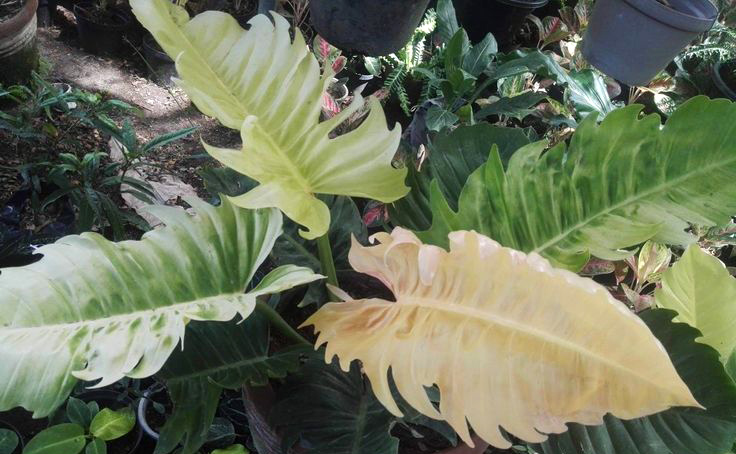Protium serratum
Species
Families
Local Names
Genus
Native/Introduced
DNA Barcode
Description
Protium serratum is a small-medium tree species in the genus Protium and the family Burseraceae. The Catalogue of Life does not record any subspecies.
Its distribution is: Bhutan, China (Yunnan), Cambodia, India, Laos, Myanmar, Thailand and Vietnam.
Edible Uses
The flesh is juicy. The dark red to black, globose fruit is 6 - 20mm in diameter, containing 1 - 3 seeds.
Medicinal
The fruits are used in the treatment of mouth ulcers.
Other Uses
We have no specific information for this species, but many members of this genus are valued for the whitish and fragrant resin (suggesting incense) that exudes freely from the bark, and which hardens upon exposure to the air. The heartwood is red; the sapwood is light brown. The wood is close-grained, hard. A useful wood, good for making furniture, and also used for house posts, boards etc.
We have no more information on the wood of this species, but a general description of the wood for tropical American members of this genus is as follows:-
The heartwood is brown or reddish-brown, sometimes with irregularly spaced darker brown lines; it is not always sharply demarcated from the pale buff to pinkish sapwood. The texture varies from rather fine to fairly coarse; grain straight to very irregular and interlocked; lustre is rather high; dry specimens are without any distinctive odour or taste. Silica is reported for some species. The wood is generally reported to have a low resistance to attack by decay fungi and is vulnerable to dry-wood termites; it has no appreciable resistance to marine borers. Reports on seasoning vary from fairly easy to air dry to moderately difficult. Logs should be debarked prior to sawing to avoid resin accumulation
on cutters and equipment. The dry wood works easily and rates fair to good in all operations; it cuts easily into veneers but tends to buckle on drying; some species are abrasive because of the silica content. The wood is used for purposes such as furniture, millwork, veneer and plywood, general construction, particleboard; it is a possible substitute for birch.









































































































































